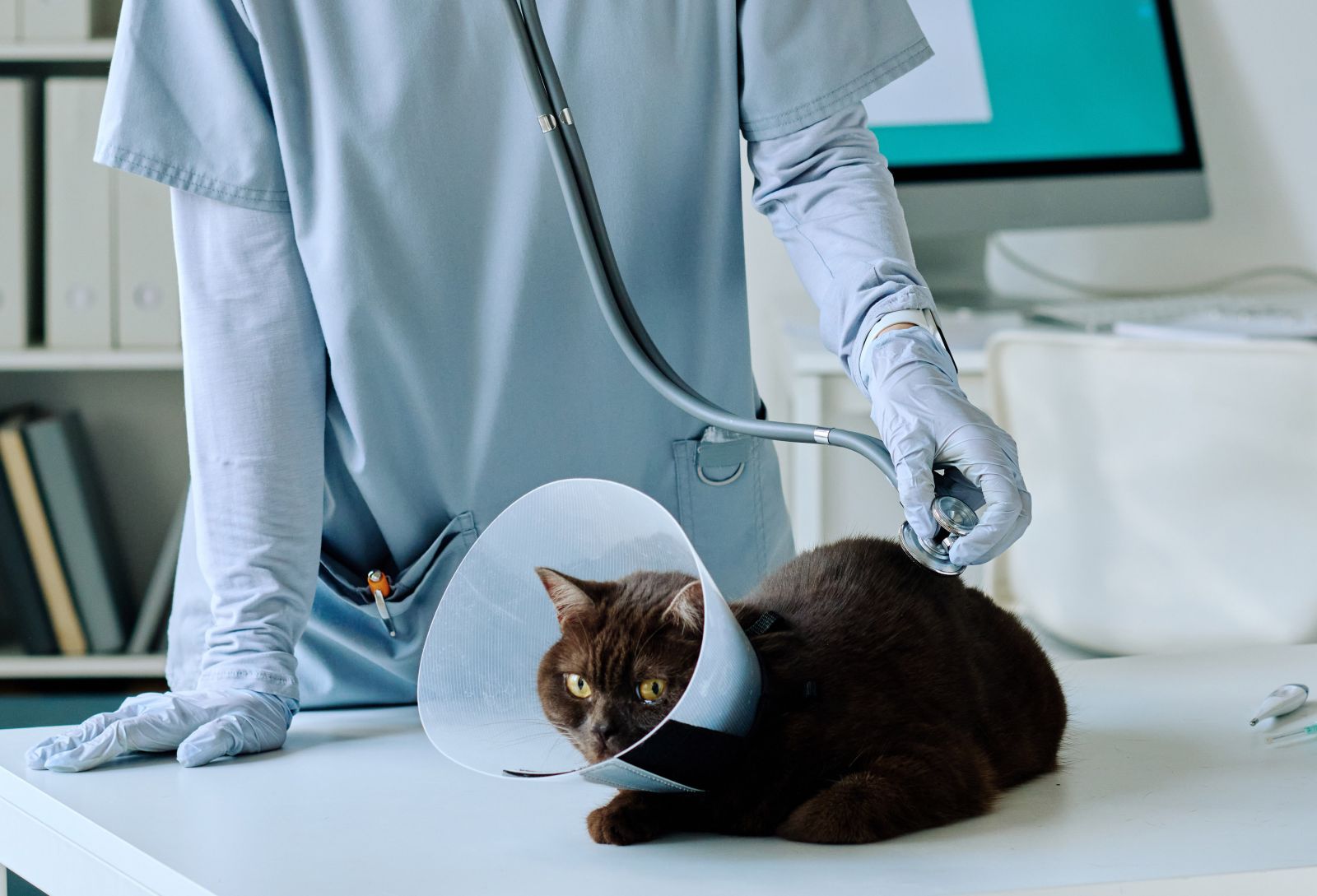Leash the chaos: 9 essential tips for first-time pet owners
Has a little bundle of (fluffy) joy just joined your family? If so, congratulations! It’s so exciting to become a pet owner for the very first time. But settling into a new home can be stressful for animals, especially when they’re young. All those strange sounds, smells and experiences can cause great distress – and little accidents. We want this special journey to start right, so here are our top 9 tips for new pet owners to create the perfect paw-friendly home.
1. Start small and slow
It’s your first day together, and you want to start creating happy memories with your new pet right now – we understand. But they need some time to adjust.
Puppies and kittens often feel anxious, so it’s best not to rush them. So leave them in a carrier for a little while. Have their water and food ready. Talk softly and be gentle.
But most of all, be patient. Let them come to you.
It takes time to accept change, and it’s the same for pets. It can tug on our heartstrings, but resist the temptation to push them for cuddles too early. They’ll reward your patience with lots of love.
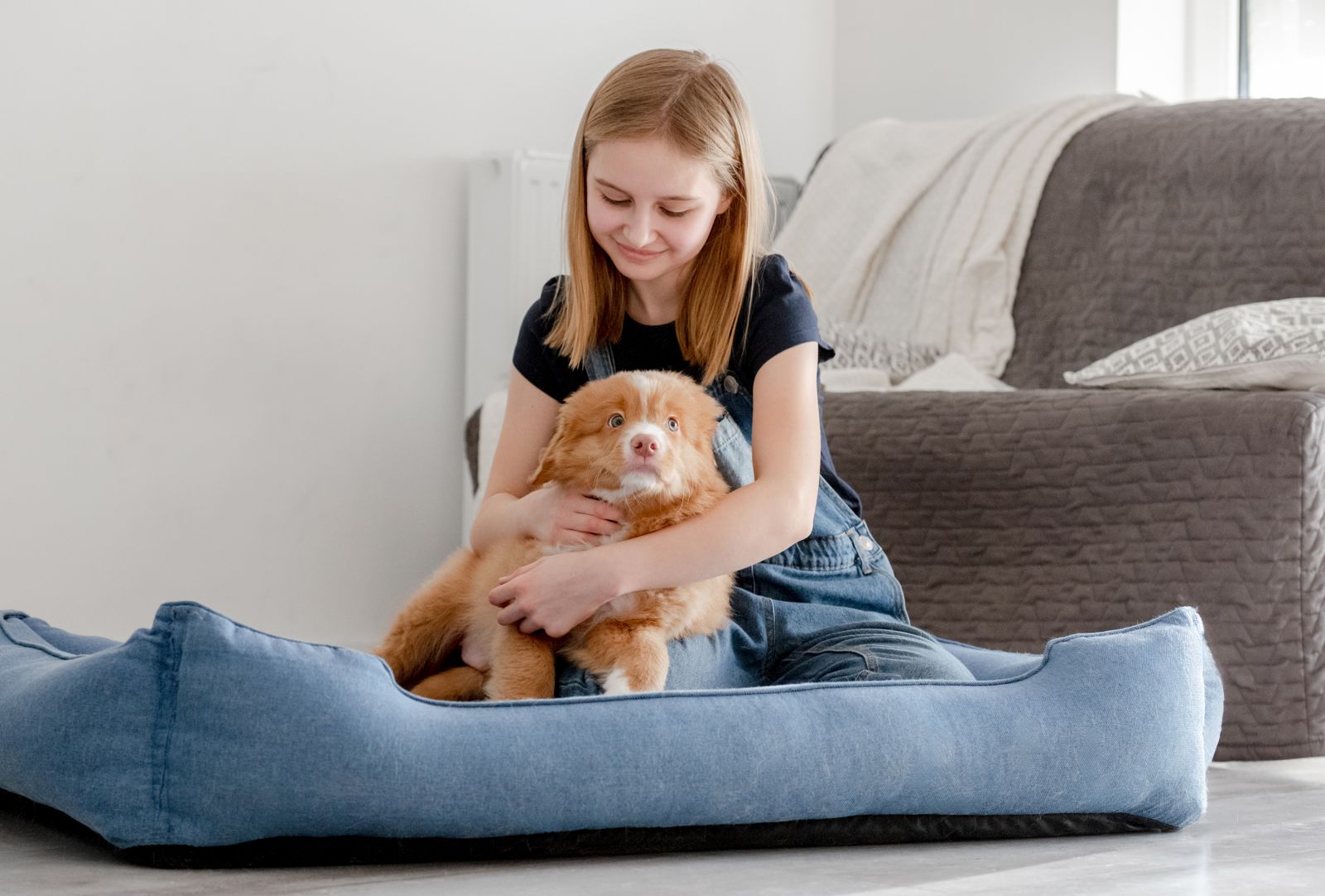
2. Create a safe space
To make your new pet feel secure in a mysterious place, design an area just for them. It could be in the trusty laundry again, or it could be as simple as a corner in your living room.
It should be quiet, comfortable and calm – with a soft bed and lots of toys!
New owners often make the mistake of using this area as a punishment. Instead, make it a positive place to be in.
Plenty of fresh water and their favourite treats will complete their new sanctuary.
They might spend lots of time here at first, but we promise they’ll be up for an adventure soon enough!
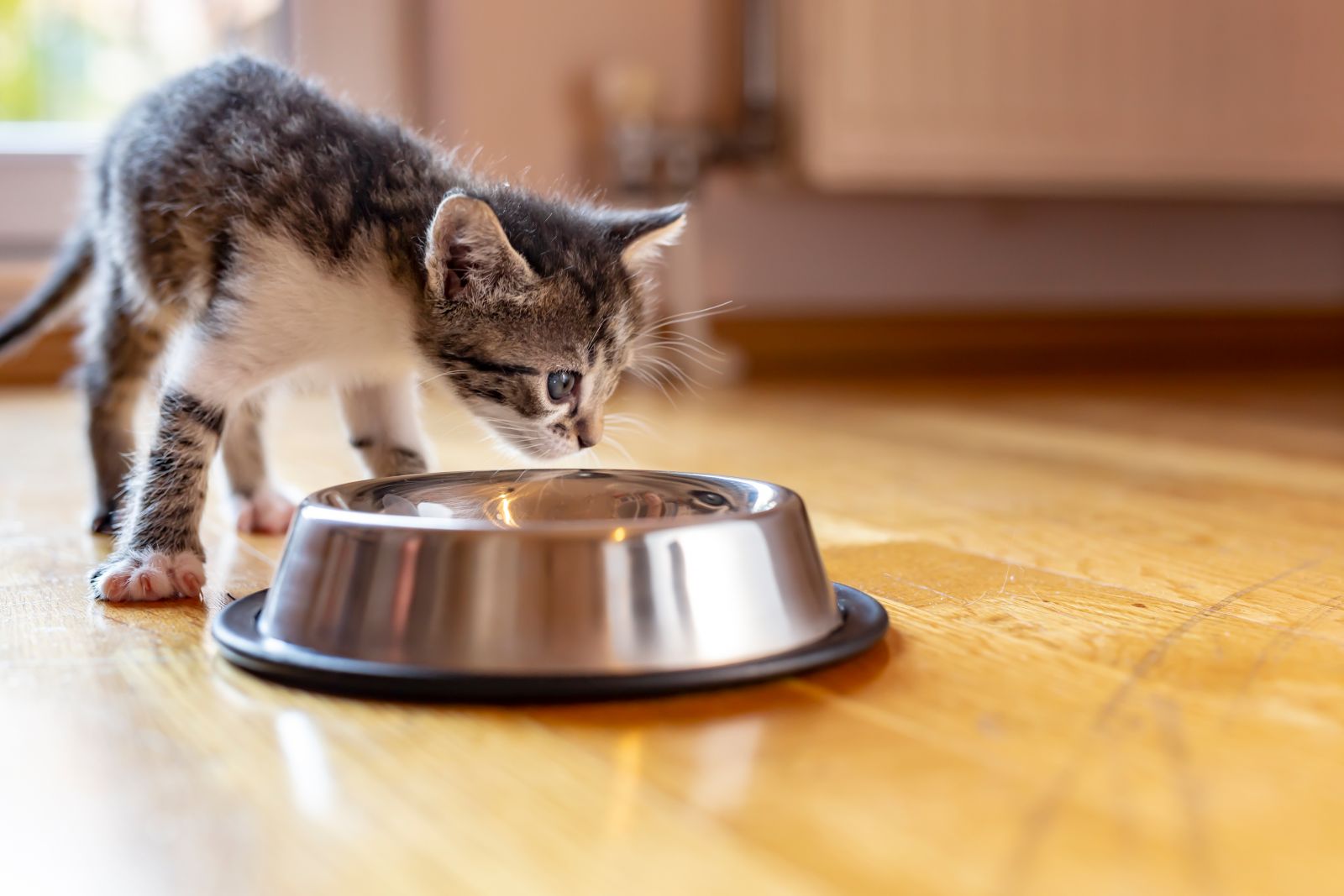
3. Establish a routine
Pets feel confident and safe with routines, so start setting them up right away.
Have you been feeding them at 7am? Keep to that schedule.
Have you been taking them on a 5pm evening stroll around the block? Aim to keep that up – even though you may sometimes be tired after a day at work.
We realise life happens (as does unseasonable weather!) but our rule of thumb is to try to keep things as consistent as possible. And be sure that everyone in your house follows it, too.
Knowing what’s happening next is very reassuring for your pet. So, while it might be dull, sticking to a schedule is always worth it to keep them feeling safe.
.jpg)
4. Get pet-proofing!
Puppies and kittens are fragile and – bless their hearts – very curious.
So while you want them to explore their new home, you also need to be aware of the various hidden dangers that could ruin their fun.
Here’s how you can protect them:
- Tape down electrical cords or cover them with cable protectors. To you, it’s a cable. To your pet, it’s delicious. So make sure they don’t need to learn the difference the hard way.
- Secure any wobbly furniture. The last thing you need is your little friend taking a big tumble when finding their feet.
- Keep your cupboard and cabinet doors closed. You’re not the only one who might be tempted by a cheeky midnight snack.
- Proof hazardous areas like stairs and balconies with puppy-and kitten-proof fences and gates. We’re sure you can work out why.
Simple measures like these can be the difference between a peaceful night’s sleep and a late-night visit to the vet's emergency room.
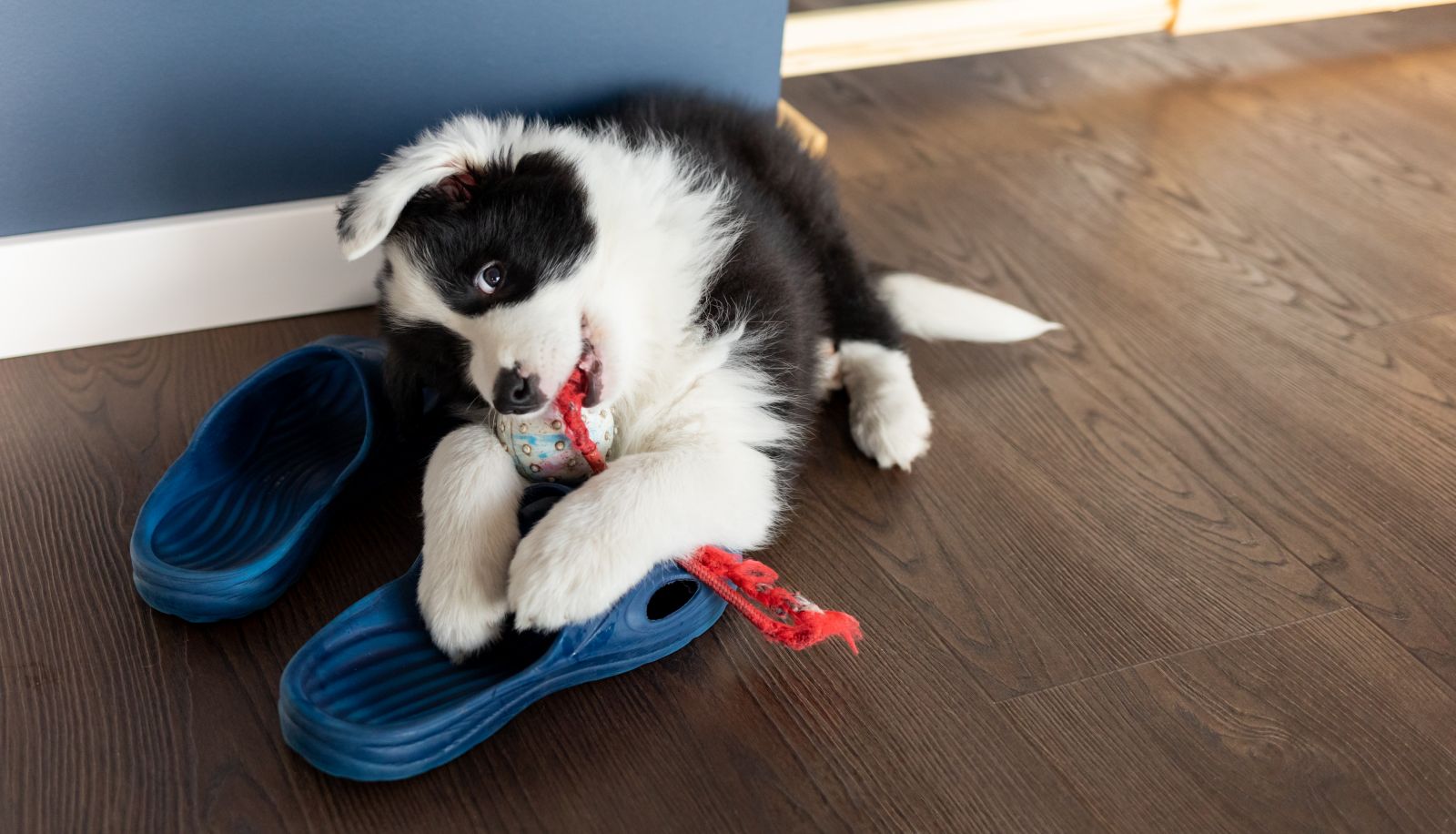
5. Store away or remove dangerous substances
Everyday household items, such as cleaning and maintenance products, can be deadly if your new pet becomes too interested in them.
One simple way to keep them safe is to put all household cleaners out of reach, preferably on a high shelf. And never leave them unattended when in use.
Another concern is rat or snail bait, which is a common cause of dog poisoning. So start using more humane pesticides and keep those lethal items off your property.
Other threats might be hiding in your garden, too. For example, specific flowers, like lilies and lavender, are toxic to cats.
Our advice? Write a list of all the pet-unfriendly substances. Then share it with your family so that everyone keeps these items well away from your pet.
6. Watch what they eat
A dog’s sense of smell is far more powerful than ours. And that nose of theirs is often looking for food.
So, it’s important to keep harmful food waste out of their reach – and not just because you may be watching their waistline.
A good way is by securing kitchen bins with strong lids. Otherwise, you could find your pet eating expired or mouldy foods and other unsafe items, such as cooked bones.
But that’s not all.
Sweet treats like chocolate, ice cream and pits from specific fruits – like cherries, apricots and avocados – can cause serious harm to your pet. Artificial sweeteners like Xylitol are also a big no-no.
It’s lovely to share food with our pets, but first, make sure it’s safe. And with every family member on board, it’ll become second nature.
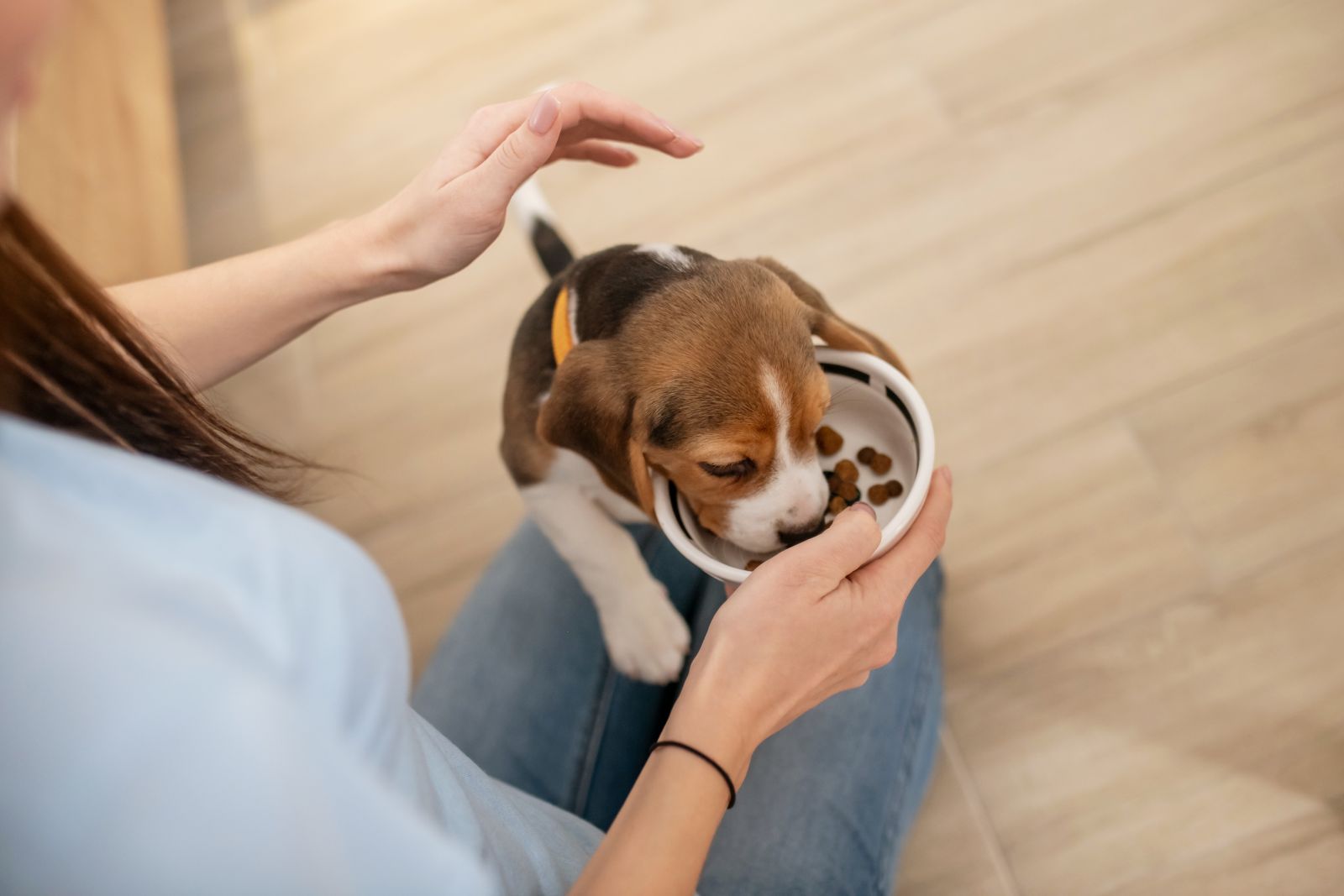
7. Register with your council
Once your new pet’s sanctuary is complete, the pet-proofing is done, and the treats are locked away tight, it’s time to register your pet with your local council.
In Victoria, it’s a legal requirement to register every dog or cat over 3 months old. Failing to do so can result in fines, legal proceedings and even court cases. But just as importantly, if your new pet escapes your property somehow, you’re more likely to get him or her back!
So, while you’re sitting on the couch and ordering new chew toys (always a good idea), set a reminder to register your pet as soon as possible.
You can find the pet registration form on your local council’s webpage.
Simply put: Do not put it off.
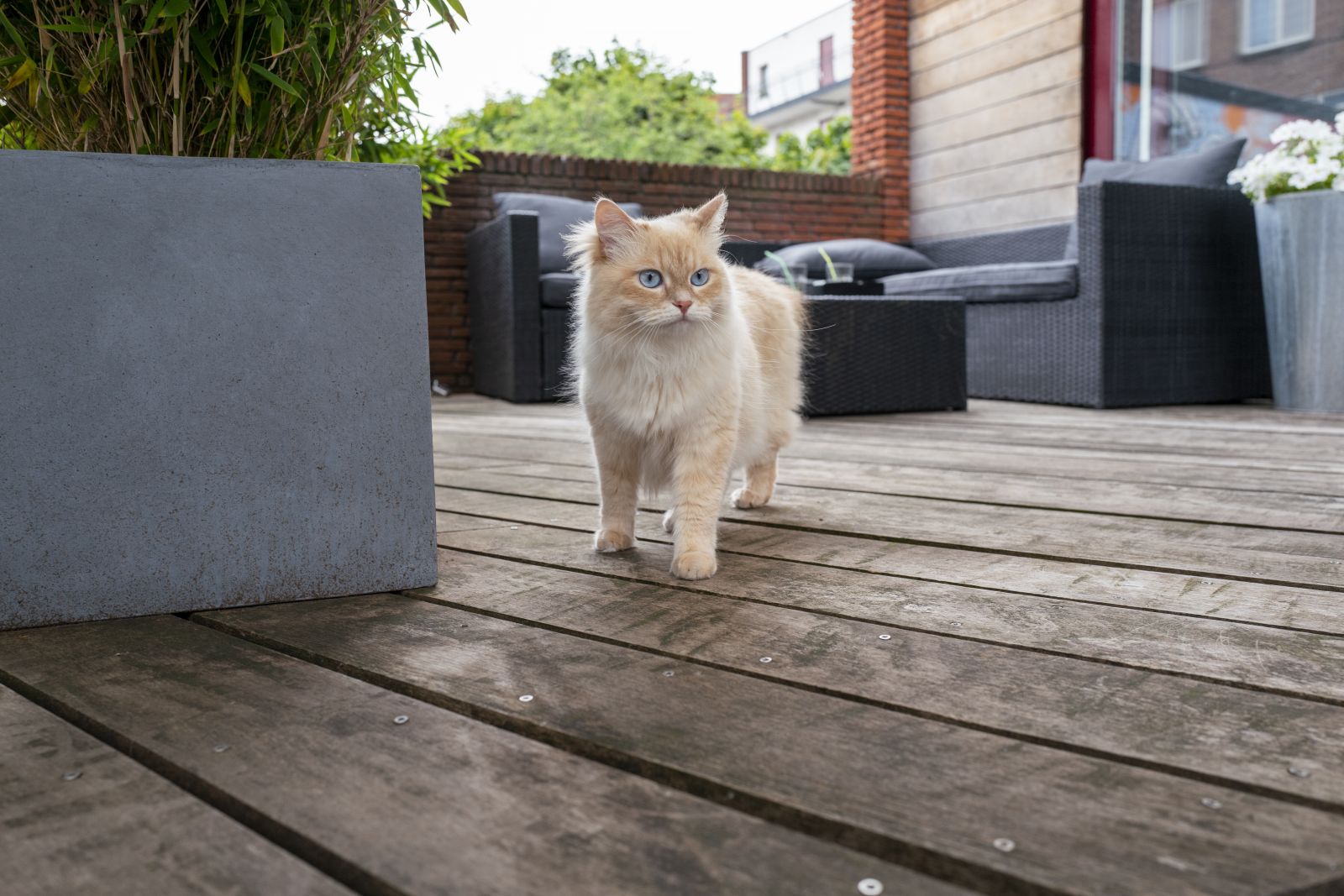
8. Buy some peace of mind
Caring for a new pet can stir up a lot of anxiety. What if they get hurt? How much will the vet cost? What if I can’t afford it?
That’s why we recommend buying some peace of mind – in the form of pet insurance.
Depending on the level of cover you choose, you may get reimbursed for emergency vet bills, unexpected surgery costs, eligible medications and so on.
But if insurance isn’t an option, you can always create a separate savings account and put a little away to slowly build a nest egg.
What matters is that you have a plan in case something happens, and you won’t need to worry about money.
9. Find a vet
When choosing a veterinarian, many factors must be considered, including accreditation, professionalism, services, operating hours and fees.
You want your new family member to have the best care, so take the time to research.
Also, remember to ask family, friends, coworkers, school parents or anyone you trust who might have a good recommendation. A clinic close to home will save stress in an emergency.
You need a vet you can trust. Establishing a good relationship with them will ensure a long, healthy life for your pet.
